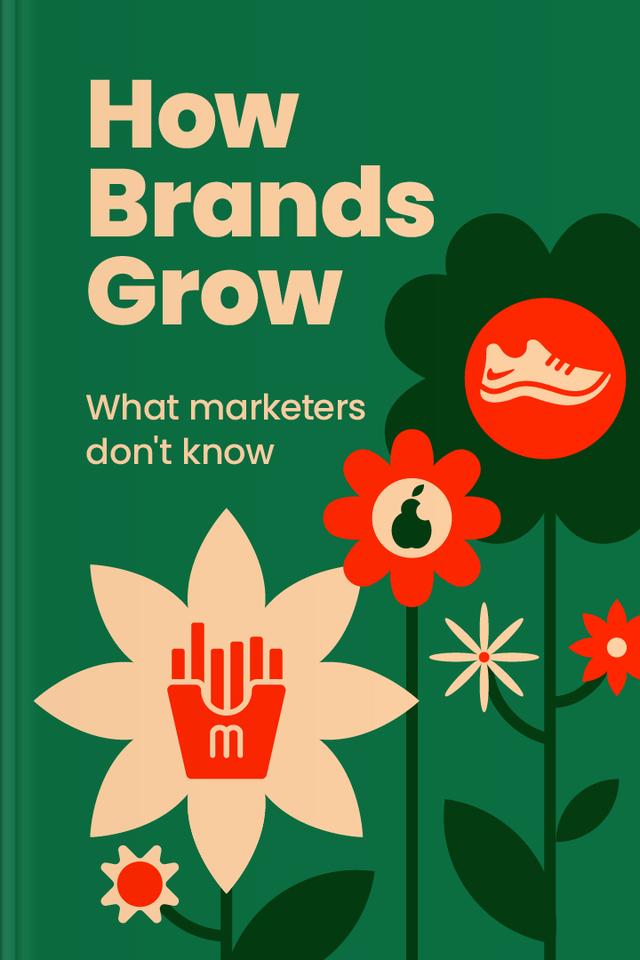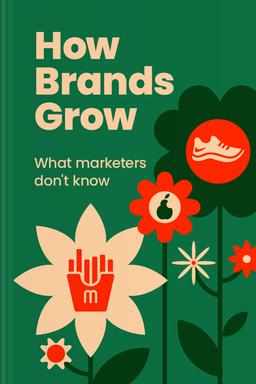You’ll learn
- Secrets to brand growth in competitive markets
- How to choose the best branding strategy
- The truth about buyer loyalty
- How to turn occasional buyers into fans
russia has launched a full-scale war in Ukraine. Donate to support Ukraine and protect the world’s peace.

first KEY POINT
Marketing is a vast and dynamic field that requires creativity. But many professionals have come to believe that it is all about trial and error to see what works. The way they view it, their profession is not like engineering or economics, where hard and fast rules exist; it’s more about learning foundational concepts, like buyer psychology and the technicalities of sales channels, so that almost everything else they do would be hinged on experimentation.But research has proven this to be an ill-founded belief.Marketing is not an abstract field; it’s both a science and an art, and its laws are as predictable as the rules of math and physics. So, yes, creativity is involved, but you can also predict your results if you know and follow the laws.This summary is all about showing you what those laws are and pointing out simple ways you can start applying them right away. We will cover strategies for:• Increasing sales.
• Monitoring brand growth.
• Performing competitor analyses and everything in between.
To succeed in marketing, make your brand easy to find and purchase, as this boosts market share. Consequently, marketers need to improve the branding and uniqueness of their products. This is also one of the things you will learn from this summary.
second KEY POINT
Growing your brand’s market share can be challenging, primarily if you’re operating in highly saturated markets like software or consumer products.Your first approach to growth and tackling the market-share issue should be trying to understand the dynamics of your market. Identify who the key players are and study how they rose to the top. Doing this will give you insight into how to drive your brand’s growth.A brand’s sales volume depends on two things:• How many buyers the brand has
• How often the consumers buy the brandIn theory, if a brand has many buyers purchasing occasionally, it is equal to another brand with half the number of customers who purchase twice as often. But this happens only on paper. The reality is different.In reality, brands offering similar products have around the same purchase frequency. And this has been proven statistically.For example, households might purchase body lotions 6-12 times a year on average. This figure will remain roughly the same for every lotion-producing brand, no matter their size.What makes the real difference in brand sales is penetration rate and market share. The more market share you have, the more sales you will make.Let’s explain this mathematically.Imagine the average purchase rate for body lotions in your region is 8.If brand A has 1000 households purchasing their lotions per year, that will translate to 8000 sales per annum.Brand Z, on the other hand, with a higher market share — 5000 households — will be selling 40,000 units annually.So, you see, you can’t do much about purchase frequency because it’s driven by people’s individual needs. What you can influence is the number of people buying your brand. So, focus on getting better at it.

Continue reading with Headway app
Continue readingfirst KEY POINT
second KEY POINT
third KEY POINT
fourth KEY POINT
fifth KEY POINT